SLAS429E April 2005 – June 2017 DAC8551
PRODUCTION DATA.
- 1 Features
- 2 Applications
- 3 Description
- 4 Revision History
- 5 Pin Configuration and Functions
- 6 Specifications
- 7 Detailed Description
- 8 Application and Implementation
- 9 Power Supply Recommendations
- 10Layout
- 11Device and Documentation Support
- 12Mechanical, Packaging, and Orderable Information
Package Options
Mechanical Data (Package|Pins)
- DGK|8
Thermal pad, mechanical data (Package|Pins)
Orderable Information
6 Specifications
6.1 Absolute Maximum Ratings(1)
(1) Stresses beyond those listed under Absolute Maximum Ratings may cause permanent damage to the device. These are stress ratings only, which do not imply functional operation of the device at these or any other conditions beyond those indicated under Recommended Operating Conditions. Exposure to absolute-maximum-rated conditions for extended periods may affect device reliability.
6.2 ESD Ratings
| VALUE | UNIT | |||
|---|---|---|---|---|
| V(ESD) | Electrostatic discharge | Human-body model (HBM), per ANSI/ESDA/JEDEC JS-001(1) | ±2000 | V |
| Charged-device model (CDM), per JEDEC specification JESD22-C101(2) | ±500 | |||
(1) JEDEC document JEP155 states that 500-V HBM allows safe manufacturing with a standard ESD control process.
(2) JEDEC document JEP157 states that 250-V CDM allows safe manufacturing with a standard ESD control process.
6.3 Recommended Operating Conditions
over operating free-air temperature range (unless otherwise noted)| MIN | NOM | MAX | UNIT | ||
|---|---|---|---|---|---|
| Supply voltage (VDD to GND) | 2.7 | 5.5 | V | ||
| Digital input voltage (DIN, SCLK, and SYNC) | 0 | VDD | V | ||
| VREF | Reference input voltage | 0 | VDD | V | |
| VFB | Output amplifier feedback input | VOUT | V | ||
| TA | Operating ambient temperature | –40 | 105 | °C | |
6.4 Thermal Information
| THERMAL METRIC(1) | DAC8551 | UNIT | |
|---|---|---|---|
| DGK (VSSOP) | |||
| 8 PINS | |||
| RθJA | Junction-to-ambient thermal resistance | 206 | °C/W |
| RθJC(top) | Junction-to-case (top) thermal resistance | 44 | °C/W |
| RθJB | Junction-to-board thermal resistance | 94.2 | °C/W |
| ψJT | Junction-to-top characterization parameter | 10.2 | °C/W |
| ψJB | Junction-to-board characterization parameter | 92.7 | °C/W |
(1) For more information about traditional and new thermal metrics, see the Semiconductor and IC Package Thermal Metrics application report.
6.5 Electrical Characteristics
VDD = 2.7 V to 5.5 V and –40°C to 105°C (unless otherwise noted)| PARAMETER | TEST CONDITIONS | MIN | TYP | MAX | UNIT | ||
|---|---|---|---|---|---|---|---|
| STATIC PERFORMANCE(1) | |||||||
| Resolution | 16 | Bits | |||||
| Relative accuracy | Measured by line passing through codes 485 and 64741 at VREF = 5 V, codes 970 and 63947 at VREF = 2.5 V |
DAC8551 | ±12 | LSB | |||
| DAC8551A | ±16 | LSB | |||||
| Differential nonlinearity | 2.5 V ≤ VREF ≤ 5.5 V, 0°C ≤ TA ≤ 105°C | ±1 | LSB | ||||
| 4.2 V < VREF ≤ 5.5 V, -40°C ≤ TA ≤ 105°C | ±1 | LSB | |||||
| 2.5 V ≤ VREF ≤ 4.2 V, -40°C ≤ TA ≤ 0°C | ±2 | LSB | |||||
| Zero-code error | Measured by line passing through codes 485 and 64741 | ±2 | ±12 | mV | |||
| Full-scale error | ±0.05% | ±0.5% | FSR | ||||
| Gain error | Measured by line passing through codes 485 and 64741 | DAC8551 | ±0.02% | ±0.15% | FSR | ||
| DAC8551A | ±0.02% | ±0.2% | FSR | ||||
| Zero-code error drift | ±5 | μV/°C | |||||
| Gain temperature coefficient | ±1 | ppm of FSR/°C | |||||
| PSRR | Power-supply rejection ratio | RL = 2 kΩ, CL = 200 pF | 0.75 | mV/V | |||
| OUTPUT CHARACTERISTICS(2) | |||||||
| Output voltage range | 0 | VREF | V | ||||
| Output voltage settling time | To ±0.003% FSR, 0200h to FD00h, RL = 2 kΩ, 0 pF < CL < 200 pF |
8 | 10 | μs | |||
| RL = 2 kΩ, CL = 50 pF | 12 | μs | |||||
| Slew rate | 1.8 | V/μs | |||||
| Capacitive load stability | RL = ∞ | 470 | pF | ||||
| RL = 2 kΩ | 1000 | pF | |||||
| Code change glitch impulse | 1 LSB change around major carry | 0.1 | nV-s | ||||
| Digital feedthrough | 50 kΩ series resistance on digital lines | 0.1 | |||||
| DC output impedance | At mid-code input | 1 | Ω | ||||
| Short-circuit current | VDD = 5 V | 50 | mA | ||||
| VDD = 3 V | 20 | ||||||
| Power-up time | Coming out of power-down mode, VDD = 5 V | 2.5 | μs | ||||
| Coming out of power-down mode, VDD = 3 V | 5 | ||||||
| AC PERFORMANCE | |||||||
| SNR | Signal-to-noise ratio | BW = 20 kHz, VDD = 5 V, fOUT = 1 kHz, 1st 19 harmonics removed for SNR calculation |
95 | dB | |||
| THD | Total harmonic distortion | BW = 20 kHz, VDD = 5 V, fOUT = 1 kHz, 1st 19 harmonics removed for SNR calculation |
–85 | dB | |||
| SFDR | Spurious-free dynamic range | BW = 20 kHz, VDD = 5 V, fOUT = 1 kHz, 1st 19 harmonics removed for SNR calculation |
87 | dB | |||
| SINAD | Signal to noise and distortion | BW = 20 kHz, VDD = 5 V, fOUT = 1 kHz, 1st 19 harmonics removed for SNR calculation |
84 | dB | |||
| REFERENCE INPUT | |||||||
| Reference current | VREF = VDD = 5 V | 40 | 75 | μA | |||
| VREF = VDD = 3.6 V | 30 | 45 | μA | ||||
| Reference input range | 0 | VDD | V | ||||
| Reference input impedance | 125 | kΩ | |||||
| LOGIC INPUTS(2) | |||||||
| Input current | ±1 | μA | |||||
| VIL | Input LOW voltage | 3 V ≤ VDD ≤ 5.5 V | 0.3 X VDD | V | |||
| 2.7 V ≤ VDD < 3 V | 0.1 X VDD | ||||||
| VIH | Input HIGH voltage | 3 V ≤ VDD ≤ 5.5 V | 0.7 X VDD | V | |||
| 2.7 V ≤ VDD < 3 V | 0.9 X VDD | ||||||
| Pin capacitance | 3 | pF | |||||
| POWER REQUIREMENTS | |||||||
| VDD | Supply voltage | 2.7 | 5.5 | V | |||
| IDD | Supply current | Normal mode, input code = 32768, no load, does not include reference current |
VDD = 3.6 V to 5.5 V, VIH = VDD and VIL = GND |
160 | 250 | μA | |
| VDD = 2.7 V to 3.6 V, VIH = VDD and VIL = GND |
140 | 240 | |||||
| All power-down modes, VIH = VDD and VIL = GND |
VDD = 3.6 V to 5.5 V | 0.2 | 2 | μA | |||
| VDD = 2.7 V to 3.6 V | 0.05 | 2 | |||||
| IOUT/IDD | Power efficiency | ILOAD = 2 mA, VDD = 5 V | 89% | ||||
| Specified performance temperature | –40 | 105 | °C | ||||
(1) Linearity calculated using a reduced codes range of 485 and 64741 at VREF = 5V, codes 970 and 63947 at VREF = 2.5V; output unloaded, 100mV headroom between reference and supply
(2) Specified by design and characterization; not production tested.
6.6 Timing Characteristics
VDD = 2.7 V to 5.5 V, all specifications –40°C to 105°C (unless otherwise noted)(1)(2)| PARAMETER | TEST CONDITIONS | MIN | TYP | MAX | UNIT | |
|---|---|---|---|---|---|---|
| t1(3) | SCLK cycle time | VDD = 2.7 V to 3.6 V | 50 | ns | ||
| VDD = 3.6 V to 5.5 V | 33 | |||||
| t2 | SCLK HIGH time | VDD = 2.7 V to 3.6 V | 13 | ns | ||
| VDD = 3.6 V to 5.5 V | 13 | |||||
| t3 | SCLK LOW time | VDD = 2.7 V to 3.6 V | 22.5 | ns | ||
| VDD = 3.6 V to 5.5 V | 13 | |||||
| t4 | SYNC to SCLK rising edge setup time | VDD = 2.7 V to 3.6 V | 0 | ns | ||
| VDD = 3.6 V to 5.5 V | 0 | |||||
| t5 | Data setup time | VDD = 2.7 V to 3.6 V | 5 | ns | ||
| VDD = 3.6 V to 5.5 V | 5 | |||||
| t6 | Data hold time | VDD = 2.7 V to 3.6 V | 4.5 | ns | ||
| VDD = 3.6 V to 5.5 V | 4.5 | |||||
| t7 | 24th SCLK falling edge to SYNC rising edge | VDD = 2.7 V to 3.6 V | 0 | ns | ||
| VDD = 3.6 V to 5.5 V | 0 | |||||
| t8 | Minimum SYNC HIGH time | VDD = 2.7 V to 3.6 V | 50 | ns | ||
| VDD = 3.6 V to 5.5 V | 33 | |||||
| t9 | 24th SCLK falling edge to SYNC falling edge | VDD = 2.7 V to 5.5 V | 100 | ns | ||
(1) All input signals are specified with tR = tF = 5 ns (10% to 90% of VDD) and timed from a voltage level of (VIL + VIH) / 2.
(2) See Figure 1.
(3) Maximum SCLK frequency is 30 MHz at VDD = 3.6 V to 5.5 V and 20 MHz at VDD = 2.7 V to 3.6 V.
6.7 Typical Characteristics
6.7.1 VDD = 5 V
At TA = 25°C (unless otherwise noted)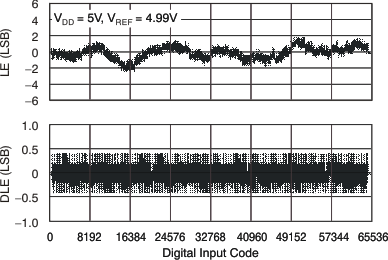 Figure 2. Linearity Error and Differential Linearity Error vs Digital Input Code (–40°C)
Figure 2. Linearity Error and Differential Linearity Error vs Digital Input Code (–40°C)
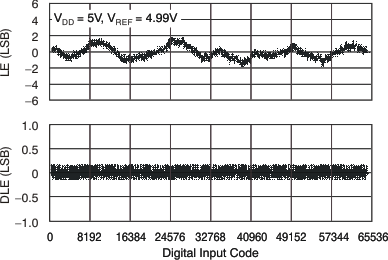 Figure 4. Linearity Error and Differential Linearity Error vs Digital Input Code (105°C)
Figure 4. Linearity Error and Differential Linearity Error vs Digital Input Code (105°C)
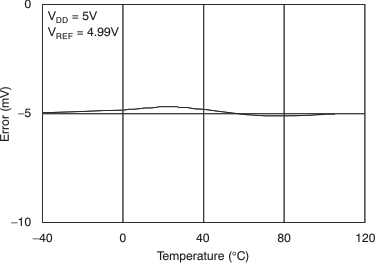 Figure 6. Full-Scale Error vs Temperature
Figure 6. Full-Scale Error vs Temperature
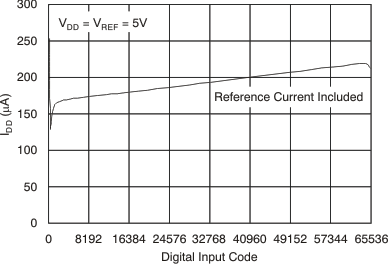 Figure 8. Supply Current vs Digital Input Code
Figure 8. Supply Current vs Digital Input Code
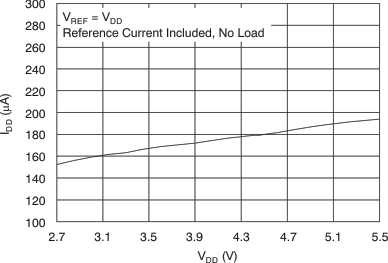 Figure 10. Supply Current vs Supply Voltage
Figure 10. Supply Current vs Supply Voltage
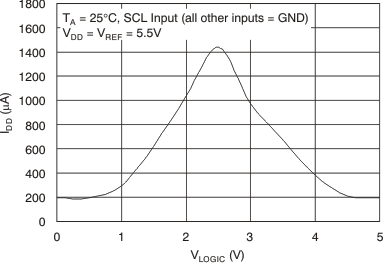 Figure 12. Supply Current vs Logic Input Voltage
Figure 12. Supply Current vs Logic Input Voltage
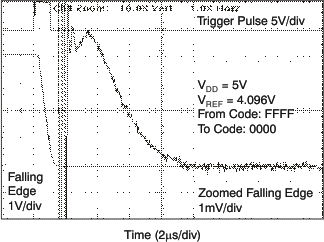 Figure 14. Full-Scale Settling Time, 5-V Falling Edge
Figure 14. Full-Scale Settling Time, 5-V Falling Edge
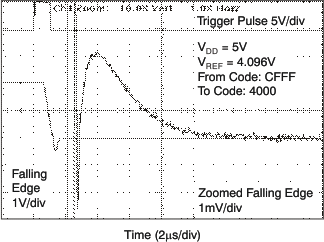 Figure 16. Half-Scale Settling Time, 5-V Falling Edge
Figure 16. Half-Scale Settling Time, 5-V Falling Edge
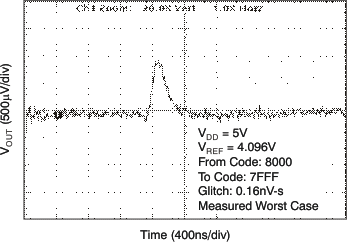 Figure 18. Glitch Energy: 5-V, 1-LSB Step, Falling Edge
Figure 18. Glitch Energy: 5-V, 1-LSB Step, Falling Edge
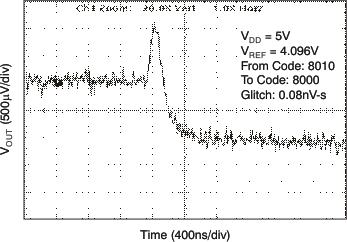 Figure 20. Glitch Energy: 5-V, 16-LSB Step, Falling Edge
Figure 20. Glitch Energy: 5-V, 16-LSB Step, Falling Edge
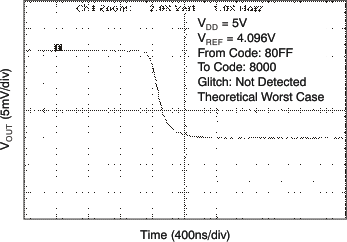 Figure 22. Glitch Energy: 5-V, 256-LSB Step, Falling Edge
Figure 22. Glitch Energy: 5-V, 256-LSB Step, Falling Edge
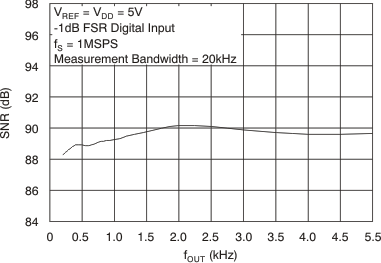 Figure 24. Signal-to-Noise Ratio vs Output Frequency
Figure 24. Signal-to-Noise Ratio vs Output Frequency
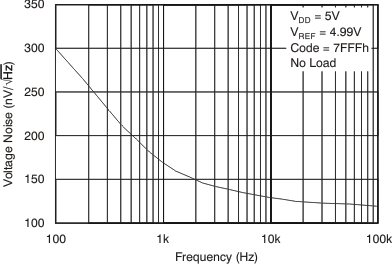 Figure 26. Output Noise Density
Figure 26. Output Noise Density
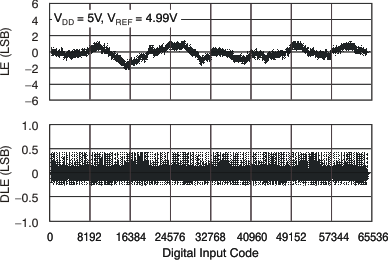 Figure 3. Linearity Error and Differential Linearity Error vs Digital Input Code
Figure 3. Linearity Error and Differential Linearity Error vs Digital Input Code
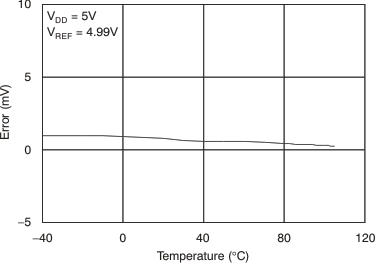 Figure 5. Zero-Scale Error vs Temperature
Figure 5. Zero-Scale Error vs Temperature
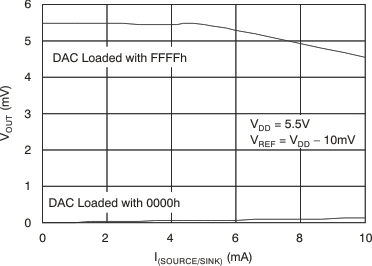 Figure 7. Source and Sink Current Capability
Figure 7. Source and Sink Current Capability
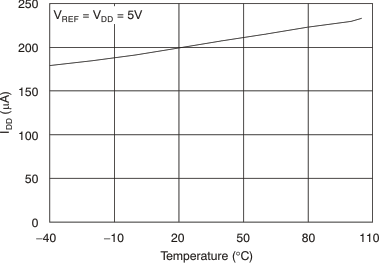 Figure 9. Power-Supply Current vs Temperature
Figure 9. Power-Supply Current vs Temperature
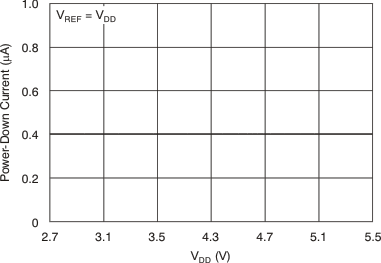 Figure 11. Power-Down Current vs Supply Voltage
Figure 11. Power-Down Current vs Supply Voltage
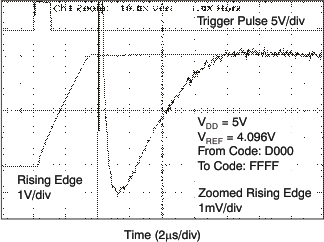 Figure 13. Full-Scale Settling Time, 5-V Rising Edge
Figure 13. Full-Scale Settling Time, 5-V Rising Edge
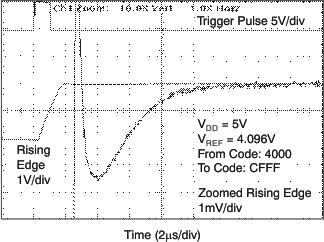 Figure 15. Half-Scale Settling Time, 5-V Rising Edge
Figure 15. Half-Scale Settling Time, 5-V Rising Edge
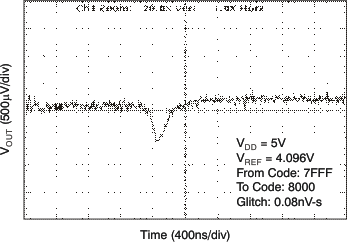 Figure 17. Glitch Energy: 5-V, 1-LSB Step, Rising Edge
Figure 17. Glitch Energy: 5-V, 1-LSB Step, Rising Edge
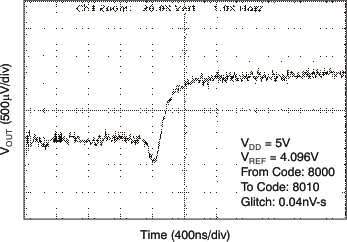 Figure 19. Glitch Energy: 5-V, 16-LSB Step, Rising Edge
Figure 19. Glitch Energy: 5-V, 16-LSB Step, Rising Edge
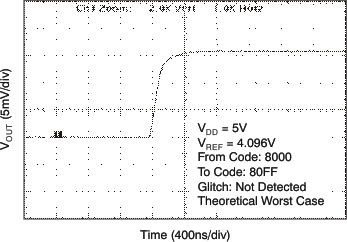 Figure 21. Glitch Energy: 5-V, 256-LSB Step, Rising Edge
Figure 21. Glitch Energy: 5-V, 256-LSB Step, Rising Edge
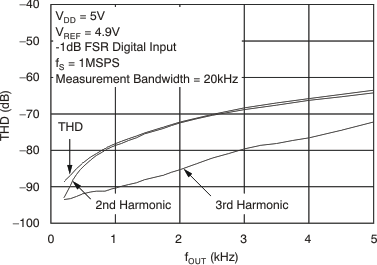 Figure 23. Total Harmonic Distortion vs Output Frequency
Figure 23. Total Harmonic Distortion vs Output Frequency
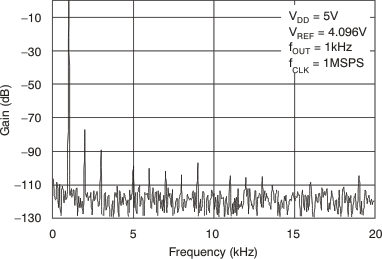 Figure 25. Power Spectral Density
Figure 25. Power Spectral Density
6.7.2 VDD = 2.7 V
At TA = 25°C (unless otherwise noted)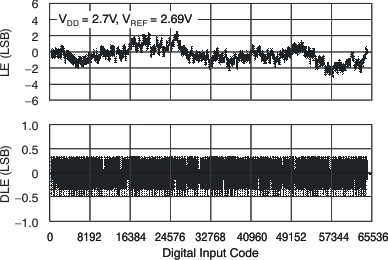 Figure 27. Linearity Error and Differential Linearity Error vs Digital Input Code (–40°C)
Figure 27. Linearity Error and Differential Linearity Error vs Digital Input Code (–40°C)
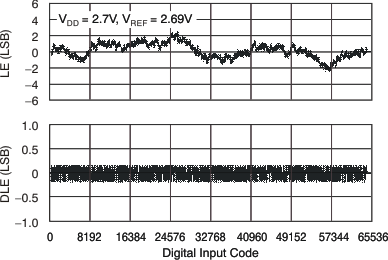 Figure 29. Linearity Error and Differential Linearity Error vs Digital Input Code (105°C)
Figure 29. Linearity Error and Differential Linearity Error vs Digital Input Code (105°C)
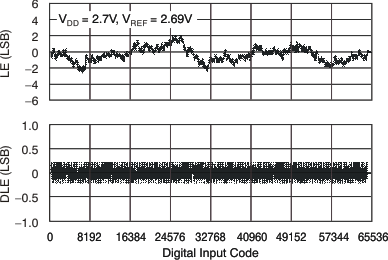 Figure 28. Linearity Error and differential Linearity Error vs Digital Input Code
Figure 28. Linearity Error and differential Linearity Error vs Digital Input Code
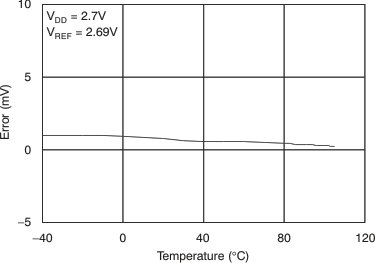 Figure 30. Zero-Scale Error vs Temperature
Figure 30. Zero-Scale Error vs Temperature
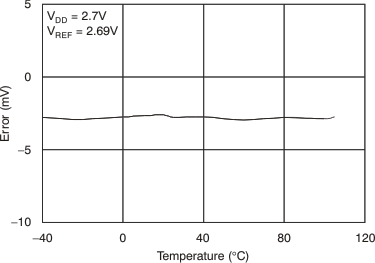 Figure 31. Full-Scale Error vs Temperature
Figure 31. Full-Scale Error vs Temperature
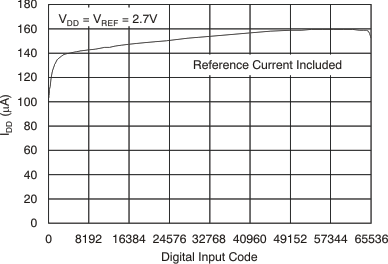 Figure 33. Supply Current vs Digital Input Code
Figure 33. Supply Current vs Digital Input Code
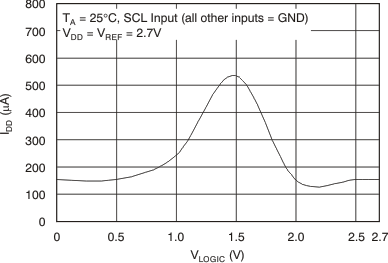 Figure 35. Supply Current vs Logic Input Voltage
Figure 35. Supply Current vs Logic Input Voltage
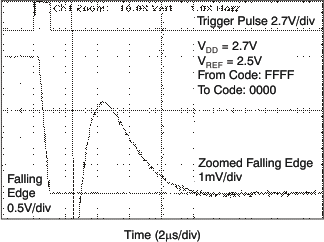 Figure 37. Full-Scale Settling Time: 2.7-V Falling Edge
Figure 37. Full-Scale Settling Time: 2.7-V Falling Edge
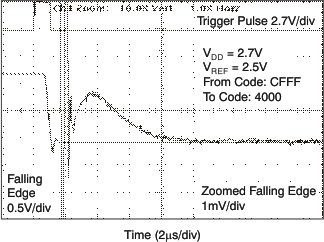 Figure 39. Half-Scale Settling Time: 2.7-V Falling Edge
Figure 39. Half-Scale Settling Time: 2.7-V Falling Edge
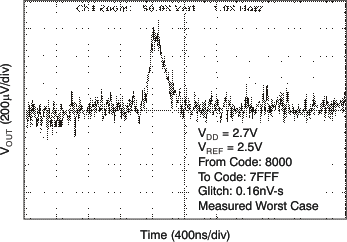 Figure 41. Glitch Energy: 2.7-V, 1-LSB Step, Falling Edge
Figure 41. Glitch Energy: 2.7-V, 1-LSB Step, Falling Edge
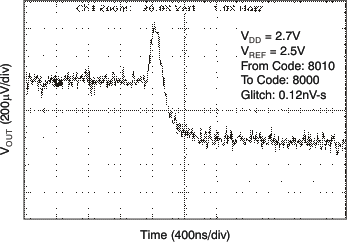 Figure 43. Glitch Energy: 2.7-V, 16-LSB Step, Falling Edge
Figure 43. Glitch Energy: 2.7-V, 16-LSB Step, Falling Edge
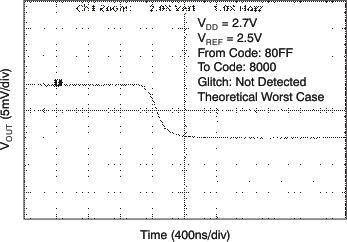 Figure 45. Glitch Energy: 2.7-V, 256-LSB Step, Falling Edge
Figure 45. Glitch Energy: 2.7-V, 256-LSB Step, Falling Edge
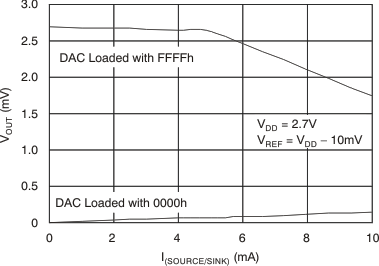 Figure 32. Source and Sink Current Capability
Figure 32. Source and Sink Current Capability
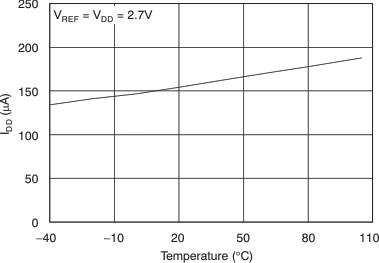 Figure 34. Power-Supply Current vs Temperature
Figure 34. Power-Supply Current vs Temperature
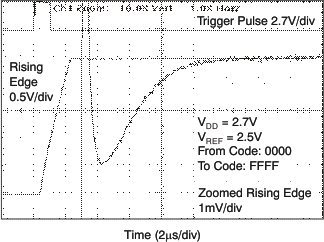 Figure 36. Full-Scale Settling Time: 2.7-V Rising Edge
Figure 36. Full-Scale Settling Time: 2.7-V Rising Edge
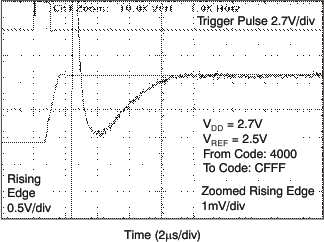 Figure 38. Half-Scale Settling Time: 2.7-V Rising Edge
Figure 38. Half-Scale Settling Time: 2.7-V Rising Edge
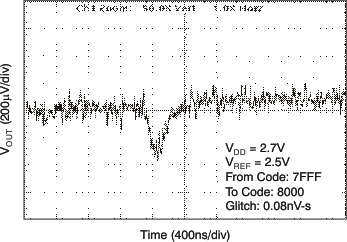 Figure 40. Glitch Energy: 2.7-V, 1-LSB Step, Rising Edge
Figure 40. Glitch Energy: 2.7-V, 1-LSB Step, Rising Edge
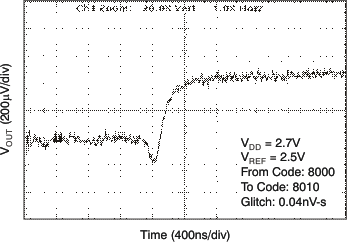 Figure 42. Glitch Energy: 2.7-V, 16-LSB Step, Rising Edge
Figure 42. Glitch Energy: 2.7-V, 16-LSB Step, Rising Edge
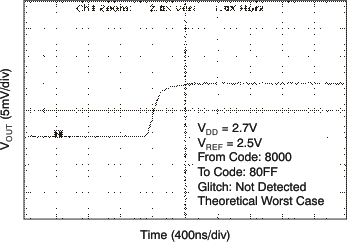 Figure 44. Glitch Energy: 2.7-V, 256-LSB Step, Rising Edge
Figure 44. Glitch Energy: 2.7-V, 256-LSB Step, Rising Edge
